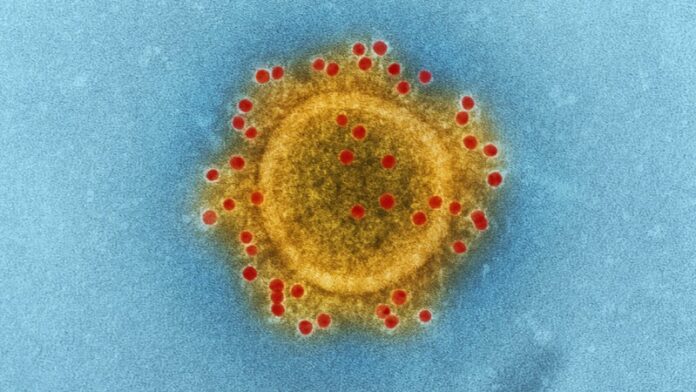- Alaskapox is an uncommon virus in Alaska belonging to the orthopoxvirus family.
- Symptoms include skin lesions, joint or muscle pain, and swollen lymph nodes.
- It spreads through contact with infected animals, with no documented cases of person-to-person transmission.
Alaskapox is a virus found in Alaska that belongs to a family of viruses called orthopoxviruses. These viruses can infect both animals and humans, causing skin lesions or pox. While smallpox is the most famous virus in this family, others include camelpox, cowpox, horsepox, and monkeypox.
In 2015, Alaskapox was first discovered in a woman near Fairbanks, Alaska. It’s mainly found in small mammals like red-backed voles and shrews, but pets like dogs and cats can also carry it. Over the past nine years, seven people in Alaska have been infected with Alaskapox.
Symptoms of Alaskapox include bumps or pustules on the skin, joint or muscle pain, and swollen lymph nodes. Most patients have mild illnesses that go away on their own, but those with weakened immune systems can become seriously ill.
Also Read: Stock Market Shindig: Sensex and Nifty Keep the Party Going!
Alaskapox spreads through contact with infected animals. While there’s been no documented case of it spreading from person to person, similar viruses in the same family can spread through contact with lesions. Alaska health officials advise covering Alaskapox lesions with a bandage to prevent potential spread.
Recently, the first known death from Alaskapox occurred in an elderly man on the Kenai Peninsula. He had cancer and a weakened immune system due to medication. He noticed a red sore under his armpit and experienced fatigue and pain for two months before being hospitalized and passing away. The man lived in a remote area and had been scratched by a stray cat that hunted small animals.
To protect yourself and your pets from Alaskapox, it’s important to keep a safe distance from wildlife, wash your hands after being outdoors, and avoid keeping wild animals as pets.

